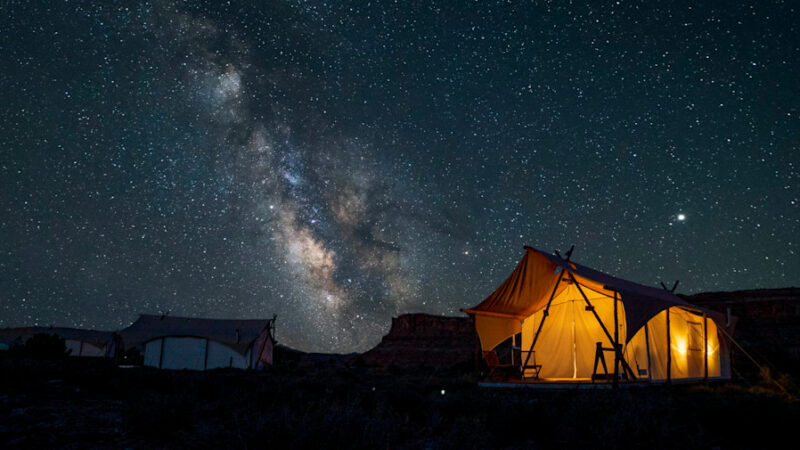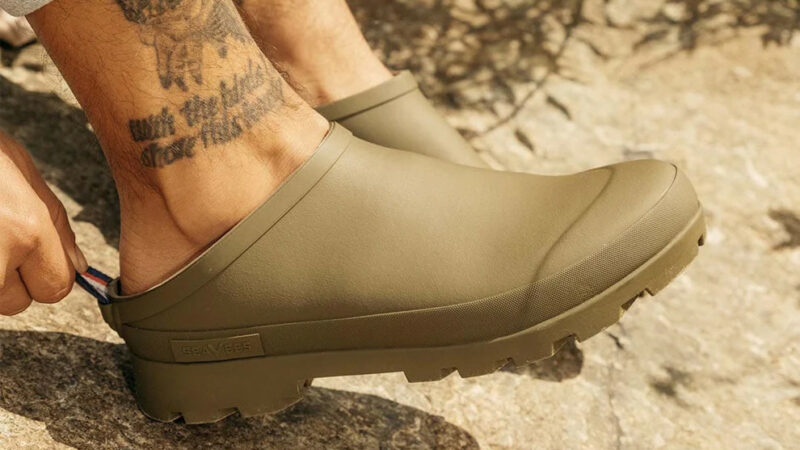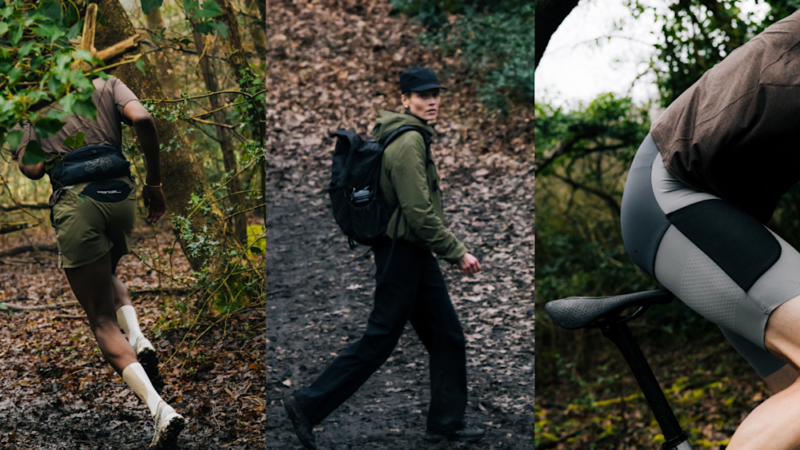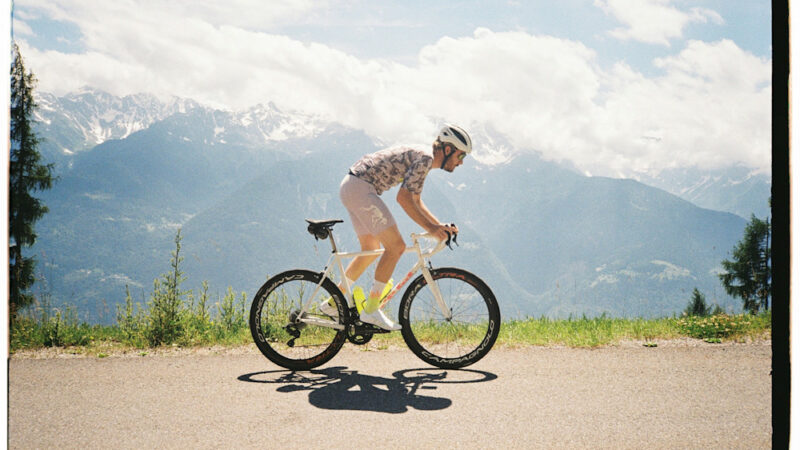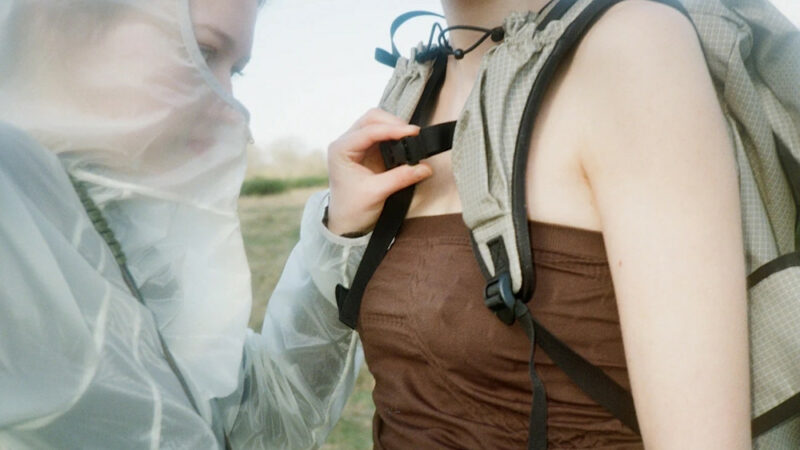How to Pack Your Hiking Backpack Like a Pro
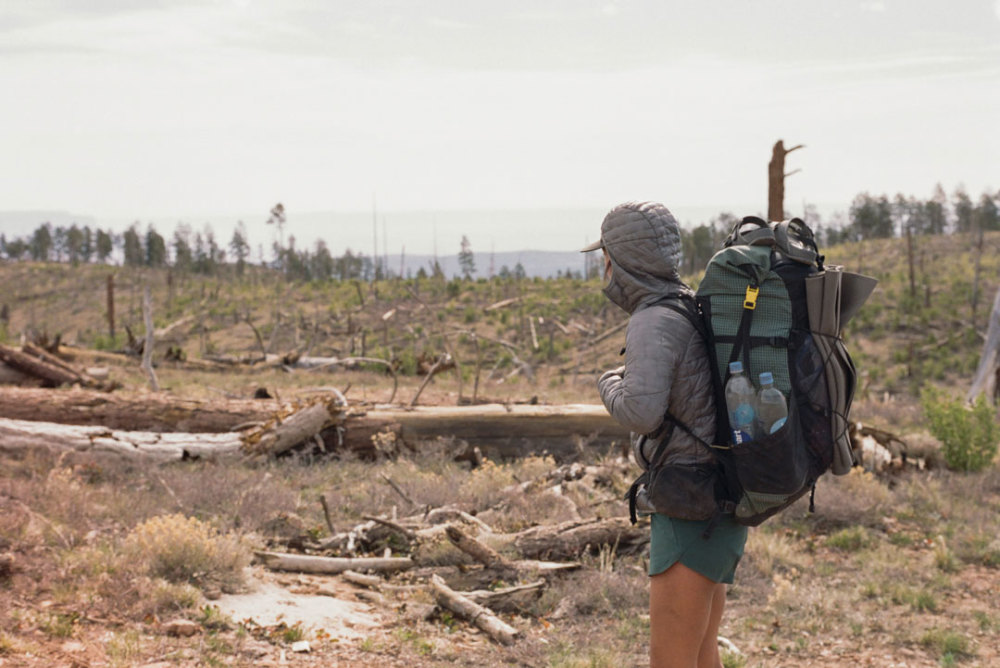
4. Waterproofing your gear (with a trash bag)
One of my favorite backpacking hacks, which I learned from an outdoor educator two decades ago, is that you can turn any backpack into a waterproof backpack for about a dollar by using a trash compactor bag as a dry bag. Coupled with a rain jacket and some basic rain gear—you can handle some seriously wet conditions on your backpacking trip. You can line your backpack with a single trash compactor bag and pack all of your gear in there then roll up the top and you have yourself a waterproof bag liner. It is important that you use trash compactor bags rather than regular trash bags because they are considerably more puncture resistant and can handle the rigors of a backpacking trip much better for a small price increase.
5. Accessibility and organization tips
Getting your backpacking pack on and off can be a pain in the buns. It burns calories, can tire you out, puts wear and tear on your pack, and is just annoying—and even potentially dangerous if you’re way overpacked. One of my favorite personal backpacking tips is that I try to pack in such a way that I only have to take my pack off twice a day—once at a lunch break and once at my ending camp. To do this, I keep my water bottles, snacks, and a mini sunscreen bottle in hip and chest pockets that are easy to access while I have the backpack on my back. This allows me to snack, hydrate, and mitigate my chances to get bacon face while I walk without having to stop and put the backpack on the ground.
I also pack the things that I know I won’t need until I am at camp—like my backpacking tent, clothes and sleeping bag—in the toughest to reach spots. These also luckily often happen to be heavier items which then usually land at the base of the pack and closest to my body.
Frequently Asked Questions
How much weight should you carry in a backpack?
This is a highly personal question that depends on your body type, backpacking goals, and budget. Personally, I have ham hocks for legs, don’t go on super long trail hikes, and like to be a pack animal and bring all of the heavy gear on camping trips. I bring luxuries like whiskey, select fresh veggies, and a thick sleeping pad and I am fine with having a load that is north of 40-lbs. A 2022 survey of PCT hikers said that their average load was a little over 16-lbs which is remarkably light and the result of eschewing most of the comforts of home in the name of a more comfortable walking experience. It is probably worthwhile to meet somewhere in the middle and shoot for 25-30 lbs as a beginner backpacker to try and balance the comfort and fast and light packing.
How do you pack food for backpacking?
I suggest looking at food in two main categories for packing: meals and snacks. Feel free to pack the meals as deep in your pack as you want but keep those snacks in handy easy to reach pockets so you can treat yourself to a moveable feast as you walk down the trail without having to take your pack off. I also suggest having a stuff sack that can fit all of your food so you can put it together and secure it with some cord on a high tree branch to keep animals from getting into it.
How do you prepare your backpack for rain?
I honestly can’t understate how rad a trash compactor bag is as a waterproofing hack. Instead of spending a ton of money on a waterproof pack, spending time treating your pack with water-repelling treatments, or buying an expensive pack cover, you can just shove everything in a compactor bag-liner and make it totally waterproof for around a dollar.
Should I pack with compression sacks?
Compression sacks are great for keeping a very organized pack and can create order in the chaos of a cavernous backpack but they do add weight to your overall kit. I personally only keep one compression sack that I use for my food because I don’t mind a mess pack and choose to add my weight with luxury items like wine.
Source: https://www.fieldmag.com/articles/how-to-pack-hiking-backpack


